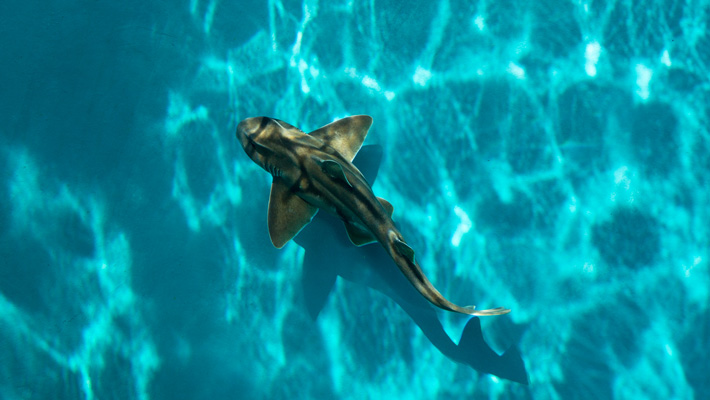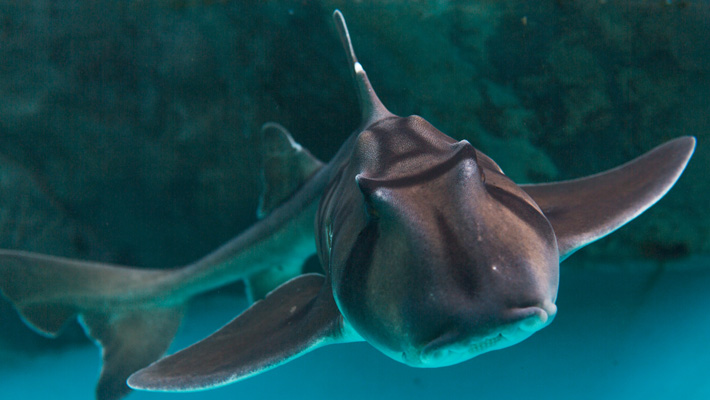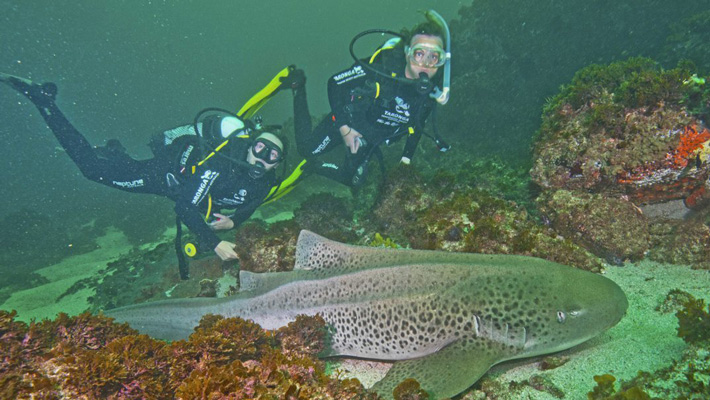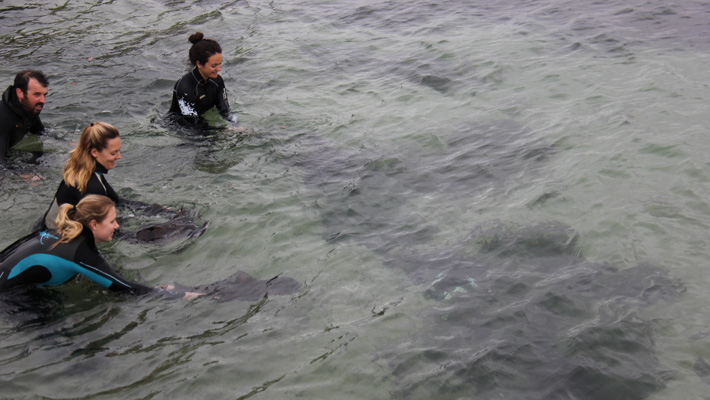Posted on 07th July 2022 by Media Relations
SHARK BYTES: THIS HISTORICAL DATASET COULD HELP SCIENTISTS BETTER UNDERSTAND SHARKS
For the first time, the longest-running historical record of human-shark interactions in Australia is now accessible online. This follows a growing trend to make scientific datasets accessible, maximising the use and impact of the data. Taronga’s Australian Shark-Incident Database (ASID) describes more than 1000 shark-human interactions that have occurred in Australia over the past 230 years.
The database can be accessed by scientists and analysts to identify patterns and links between shark bites and environmental, biological or social factors. This will help conservationists, authorities and members of the public to determine the conditions affecting shark-bite risk and make informed decisions when implementing or selecting mitigation measures.
This record of shark incidents (formerly known as the Australian Shark Attack File) was founded by John West in the 1980s and has been maintained by Taronga Conservation Society Australia since 1984. These data, curated by shark experts at Taronga, were obtained using questionnaires completed by shark-bite victims or witnesses, media reports, and information provided by state and territory fisheries departments. Recently, the dataset was standardised by researchers at Flinders University and Taronga.
“Such long-running and comprehensive datasets are rare in the world of marine science, with most data collected over short time periods, limiting understanding of larger patterns and processes at play,” says Taronga’s Dr Phoebe Meagher, curator of the database. “Sharing these data in a de-identified, peer-reviewed manner means we can learn from these tragic events, and how to secure a shared ocean for sharks and people.
“The new opportunities for maximising the impact of these data, particularly around long-term climate patterns and shark behaviour is also an exciting possibility,” Dr Meagher adds.




The database includes geographical location of the incident, weather conditions, victim recovery status, activity at time of the bite (like surfing or boating), shark species and time of incident – although all identifying information of persons have been removed. A paper describing the data was recently published in Nature’s Scientific Data.
“Excitingly, these data could be used to optimise the design of mitigation measures. For example, shark deterrent devices currently under development can be prioritised for integration into wetsuits or surfboards to reduce injury severity and fatalities” says lead author and shark-bite researcher, Madeline Riley, from Flinders University.
Potential causes behind the rise in shark bites in Australia are still unclear. “Globally and in Australia, shark bites on humans have increased steadily over the past few decades,” says Professor Charlie Huveneers from Flinders University. “However, this increase isn’t happening everywhere, with shark bites decreasing in some regions and remaining stable in others. This reflects the high variability of the risk of being bitten by a shark.”
“It is unlikely to be linked to only one factor and a combination of reasons likely contributes to the increased number of shark bites, including a growing human population spending more time doing water-based activities and recovering shark populations or changes in shark occurrences along the coast,” adds Professor Huveneers.
Environmental and habitat variation, such as changing water temperature, re-distribution of prey, and climate change also potentially contribute to changes in the number of shark bites and the increased occurrences in some regions.
As well as assisting individuals to predict the likelihood of a shark bite, ASID could also assist policy makers and ocean recreationists to make informed decisions when selecting and implementing the most appropriate shark-bite mitigation measures.
For example, by assessing the most common activity at the time of a shark bite (e.g., surfing, swimming, diving) mitigation strategies can be focussed on higher-risk activities specific to a region. Analysts can also use the data to assess long-term shifts in species distributions resulting from phenomena such as climate change.
Dr Vic Peddemors, shark scientist at the NSW Department of Primary Industries, explained how the database can provide direct benefit to authorities responsible for bather safety.
“Enabling access to a standardised database of shark-human interactions allows ongoing determination of their trends and in developing potential shark hazard mitigation measures, such as those implemented by the NSW Government in the new $85 Million Shark Management Program.”
View the Australian Shark-Incident Database online.
Media interviews
To interview Taronga’s Dr Phoebe Meagher, curator of the database, please contact:
Amy Russell, 0422 944 688, arussell@zoo.nsw.gov.au
To interview Flinders University shark researcher Madeline Riley, Professor Charlie Huveneers, or ecology expert Professor Corey Bradshaw please contact:
Media Director Karen Ashford, 0427 398 713, karen.ashford@flinders.edu.au